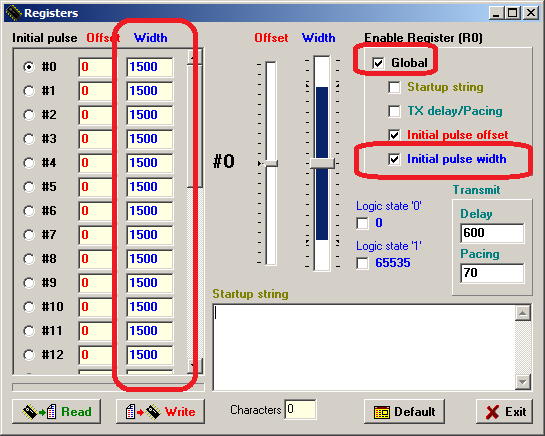Hi everyone, I’ve a doubt about the command # explained on ssc-32u manual. it’s written that i’ve not to use this on standard RC servos and I would lite to know why i have not to use it and if AL5D’s servos are considered standard.
I’m not interested in command #H that maybe is “dangerous”, giving 5V DC in every servo, but I would like to use the #L to turn off them.
Hi,
It seems you are referring to the Discrete Output command detailed on page 32 of the SSC-32U manual. Indeed, this command is meant to produce a digital output, not an RC control signal as is normally expected by RC servomotors.
To power off an RC servomotor, you can usually use a position command and set the position to zero (0). For example, if you wanted to cut off power to a RC servomotor connected to channel 7 of the SSC-32U, you could send #7 P0****, where represents the carriage return character (ASCII 13, typically shown as the escape character \r).
Most RC servomotors typically cut off power to their internal H-Bridge when they do not detect a pulse (such as when setting position 0, which turns off the control signal / RC pulse completely).
We hope this helps!
Sincerely,
Thank you for the answer, work it! 
And is there another way to implement the digital command #H with a RC signal? it’s not so important, just to avoid a so rude start of AL5D.
Since the AL5D is using RC servomotors, the SSC-32U has no way to know the starting position of the servomotors on power-up. Therefore, the first position command sent to any channel after power-up will cause a movement at full speed, ignoring both time (T) and speed (S) constraints in the command.
One way around this issue is to always power-off an AL5 robotic arm in a known position and set the SSC-32U to have an initial positions for the relevant channels equal to that known resting/power-off position.
You can set the initial pulse width using our free diagnostic tool, Lynxterm. See the image below for details on what to change to activate the initial pulse width feature.
Sincerely,


